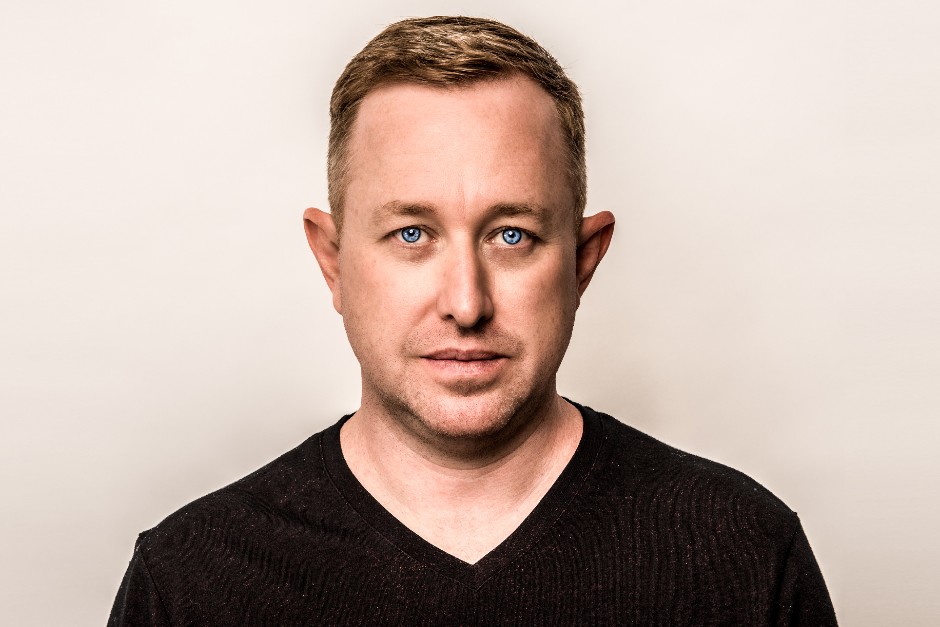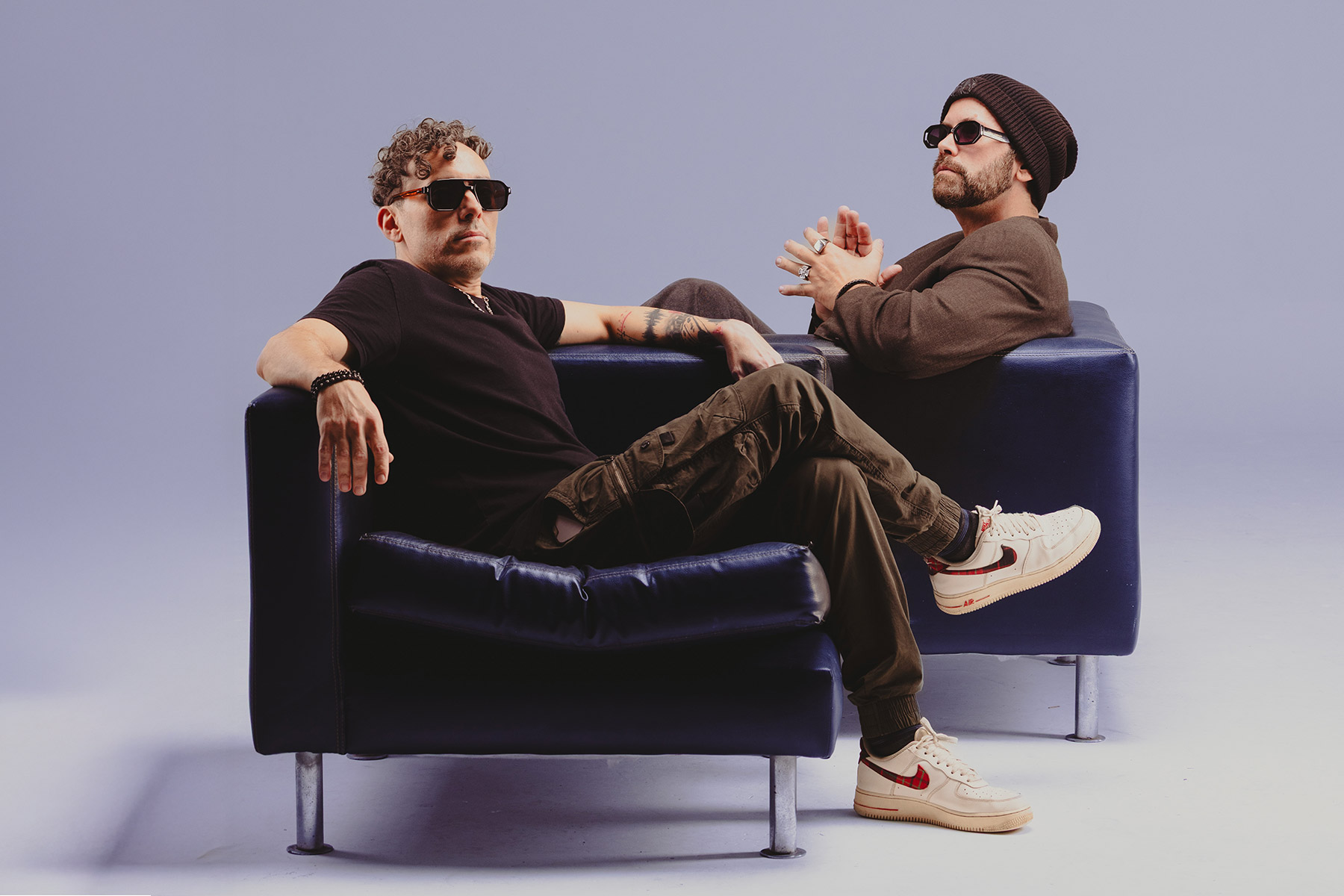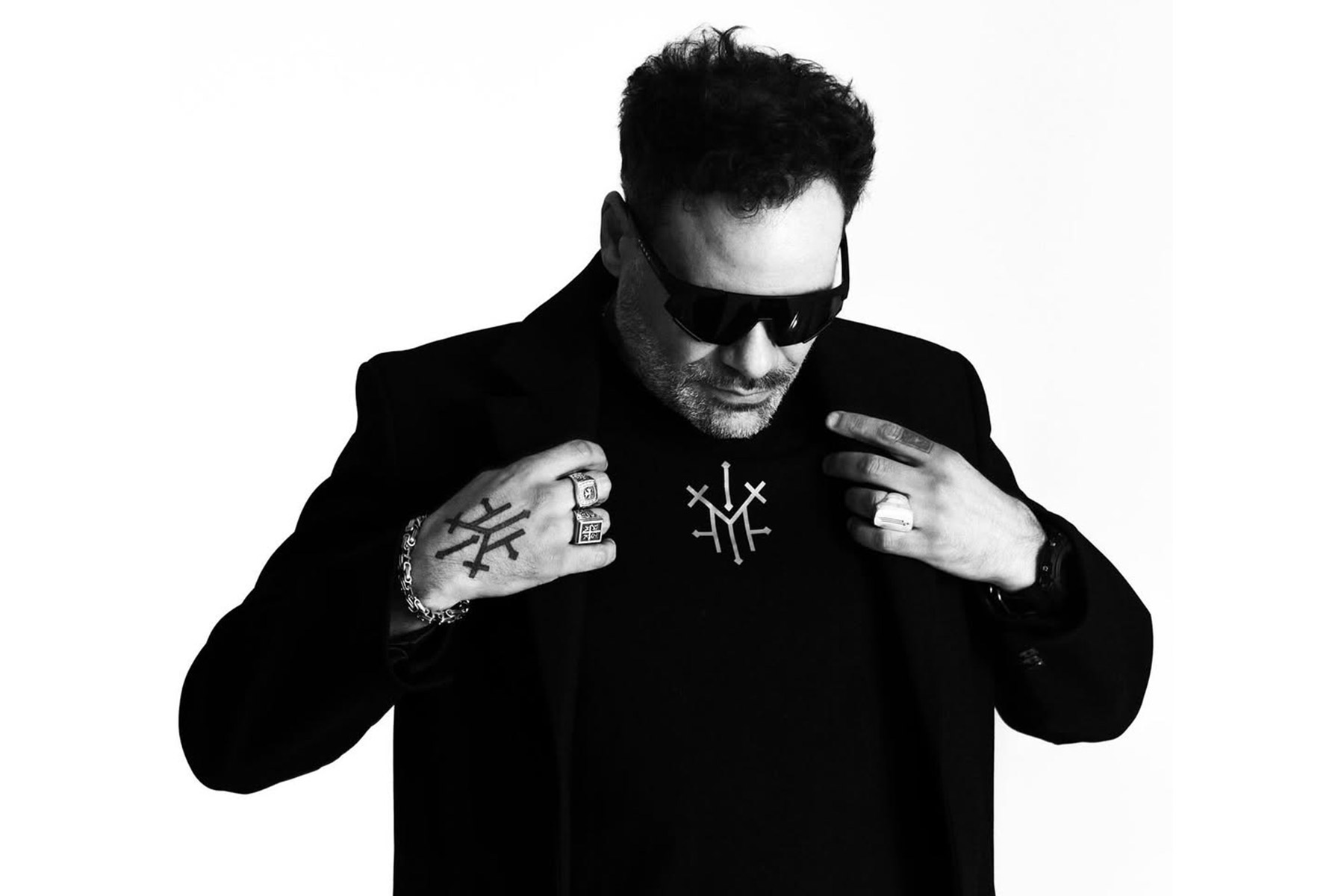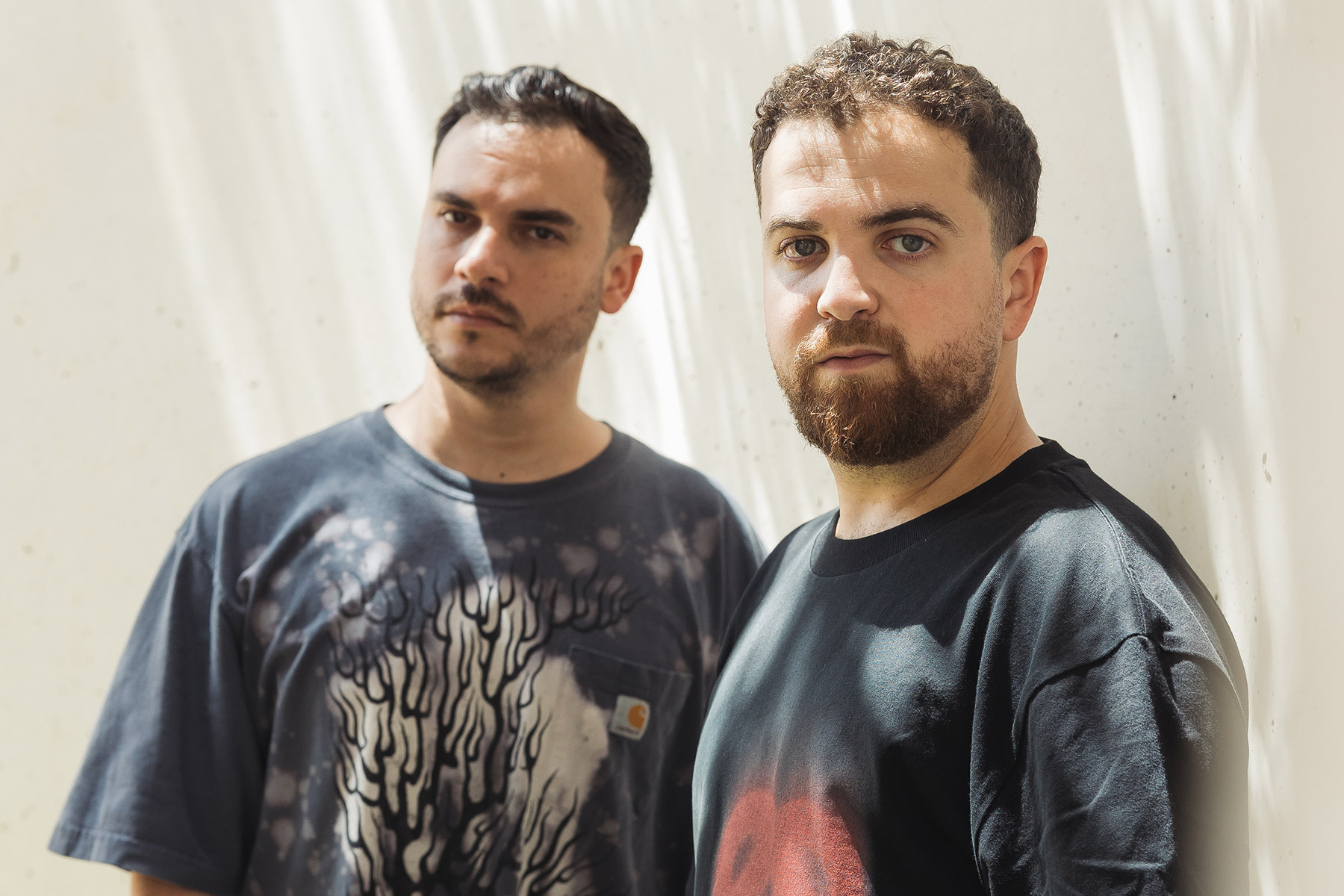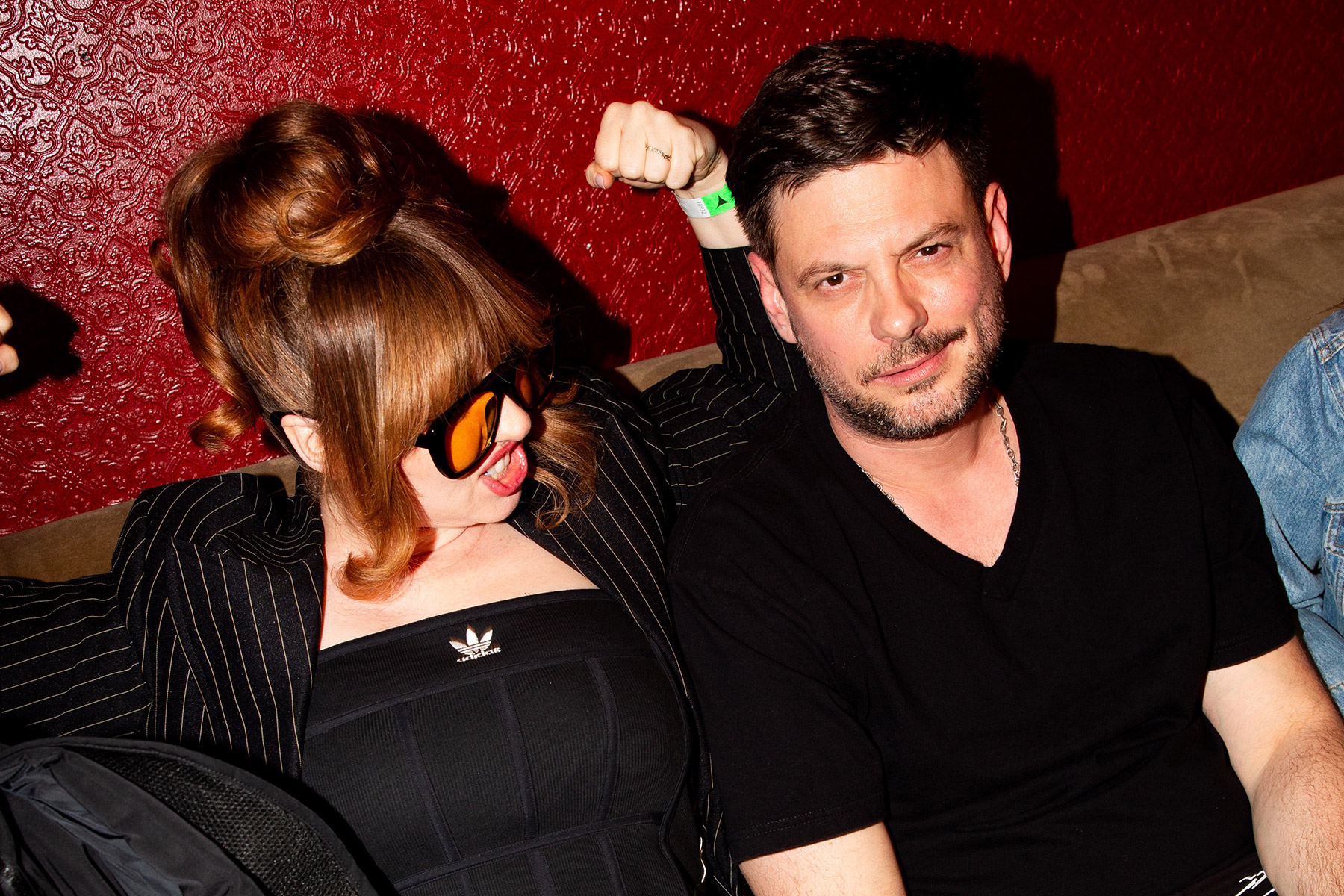Beatport-charting artist rocking pool parties from Miami to Vegas & club dates worldwide. Doc makes tough but melodic, techy house, releasing on Cube Trax, Whartone, HoTL, Insomniac, Lapsus Music and others. Support has come from a spectrum of artists as varied as Tiesto, David Tort, Tocadisco, Oscar G, Supernova, Marco Lys, Hector Couto and Damian Lazarus – and after dropping an unreleased demo at Elrow in Peru, tech-house heroes Chus & Ceballos immediately signed & released Doc’s biggest tune to date, Totally on Stereo Productions. Doc is also a Groove Cruise resident and plays all across the US, including various EDC festivals, BPM and plenty more, and will be launching his own label in the next couple of months.
Doc Brown’s ‘Paradigm’ EP is out on Exit 32 Recordings and you can grab your copy here. Today he shares 5 studio useful tips.
1. Start smart
Workflow is important—bad workflow can kill inspiration while good workflow can help nurture it. Make sure you have well-thought out templates for your DAW and settings that allow you to be creative with a minimal amount of interference. Take the time to re-organize that sample folder if you’re always digging around for things. Spend entire days doing sound design & creating/organizing presets so the next time you’re looking for a specific sound it’s all accessible and you don’t interrupt your writing process. Everything should be intentioned to make your creative life as easy as possible. That way when you have the opportunity, it’s always maximized.
2. Master of one
While it’s great to feel like a jack of all trades and have ALL the toys, most music equipment is meant to be deeply explored creatively—meaning there are dozens of layers of complexity and nuances you can’t get to know just by scratching the surface. For me, it’s better to know ONE compressor, ONE synth, ONE delay inside out…rather than having 10 different versions of each where you’re just scanning presets. That way, once you add a second one to your toolkit you have a much better understanding of what makes each different and why/when to use them.
3. Question everything
When I first started making tracks I was so excited to create something that was playable and commercially viable, I didn’t go as deep down the rabbit hole as I do with ideas today. Stones were left unturned. Better music may have been made. In fairness, better music may NOT have been made…but now I think it’s crucial to at least give every curiosity a try before settling on the final product. Minimizing the what-ifs not only gives me a bit more satisfaction knowing I am finished, but also pushes the idea to be the best it can be.
4. Multi-band sidechain
Today there are a number of plugins that exist that will do this, but as long as I’ve been producing I’ve had racks to create space on the multi-band level. It started with only wanting to sidechain the sub frequencies on a bassline (while avoiding pumping on the midrange). Then I learned how you can make a vocal pop off a track quite nicely by sidechaning the frequencies the vocal occupies in the instrumental against the vocal itself. Obviously it just gets endless from there…but any tool that can help create a more balanced mix is good by me.
5. Just play it
As much time as we spend trying to make electronic music seem human, playing notes is often discarded for penciling notes in. It’s amazing what a bit of human randomness (both in timing and velocity) can do to a bassline or drum pattern—and that can be achieved anywhere, anytime…even away from the studio simply by playing the riff on a laptop keyboard. Analyzing some of the most fundamental aspects of how you create your music can yield positive, purposeful results.
Follow Doc Brown: Facebook | Instagram | Soundcloud

